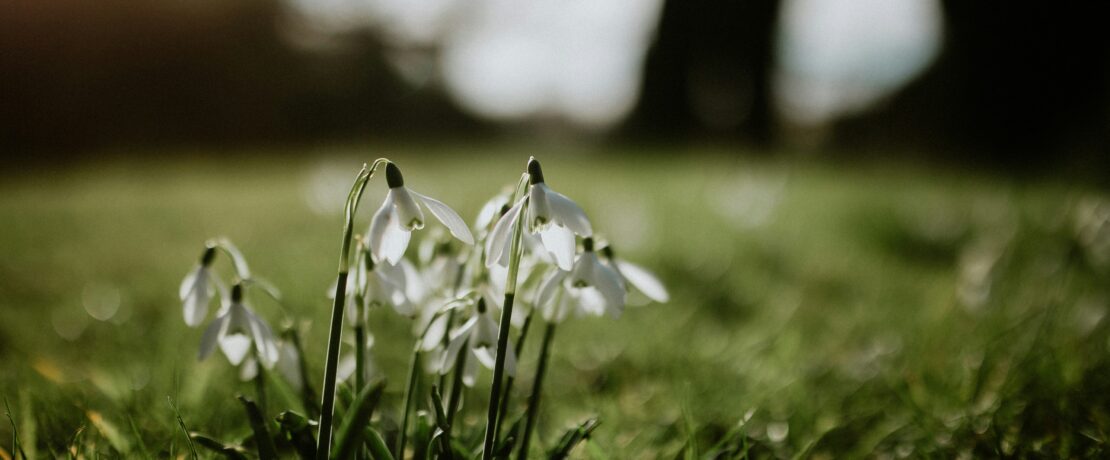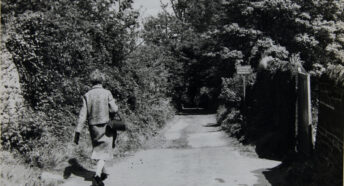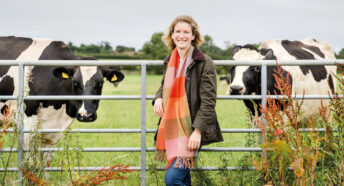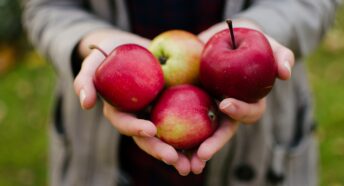Imbolc: the quickening of the year
It can often feel more difficult to connect with nature in January and February, but if we look to the returning light and seasonal change, there is hope to be found.
Since the winter solstice in December, daylight hours have been gradually getting longer, and by early February the sun rises half an hour earlier and sets almost an hour later than 1 January. This gentle process occurs against a backdrop of frosted mornings and stormy winds, such that it can often be dismissed or forgotten in lieu of the continued bite of winter. Arriving at and marking the festival of Imbolc (pronounced ‘im’olk’) is therefore a welcome reminder that the seasons continue to change, and that spring is getting ready to tenderly unfurl.
The end of cold, dark days
Celebrated on 1 February, Imbolc honours the passing of winter and the return of spring, occupying the midpoint between the winter solstice (around 21 December) and the spring equinox (around 21 March). It comes at a time when many of us are longing for the end of cold, dark days, and serves as a reminder that brighter mornings are on the horizon. ‘Imbolc’ comes from ‘Imbolg’ which means ‘in the belly’, the symbol of a pregnant body suggestive of the fertile earth, full of the potential for rebirth and growth. In agricultural societies, this would have been a time for lambing, when new life was emerging in the fields; it’s easy to see how a connection to birth and fertility was aligned with the festival.
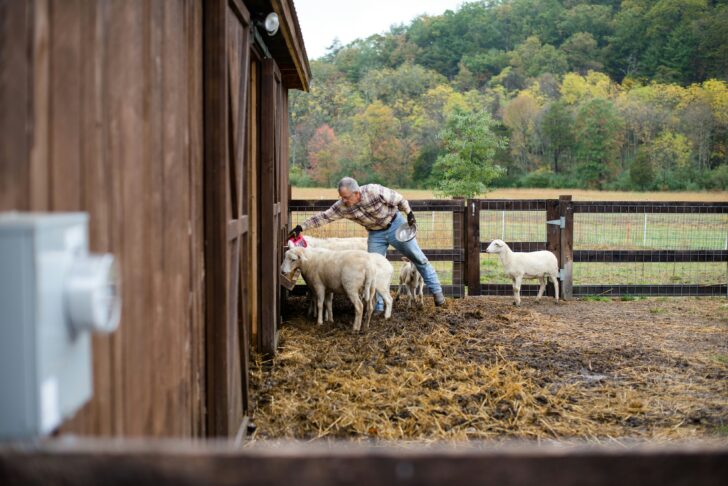
In pagan tradition, the goddess Brigid was also honoured at this time, and celebrations of this Celtic fertility deity were held to signify her transformation from the crone of winter to the maiden of spring. Brigid is known as the goddess of poetry, prophecy and healing, and is connected to the hearth fire and home. You can sometimes see Brigid’s crosses hung in doorways for protection, and her presence is also found in Christianity, where she is honoured as a saint, and celebrated at Candlemas (2 February).
Candlemas and Imbolc
This Christian festival of lights holds many parallels with Imbolc, and is also connected to weather-lore, predicting what lies ahead for the remainder of winter. One rhyme from Devon in 1900 suggested:
‘If Candlemas day be dry and fair
The half of the winter is to come, and mair
If Candlemas be wet and foul
The half of the winter is gone at yule.’
Although neither Imbolc or Candlemas are widely celebrated today, many of the traditions can still be seen, and of course revived. You might choose to light candles (white or yellow to symbolise the returning sunlight), or make a Brigid cross from straw. Perhaps (if you’ve not done this in January) you might set intentions for the year ahead, or if you’re feeling creative, write poetry by the fire.
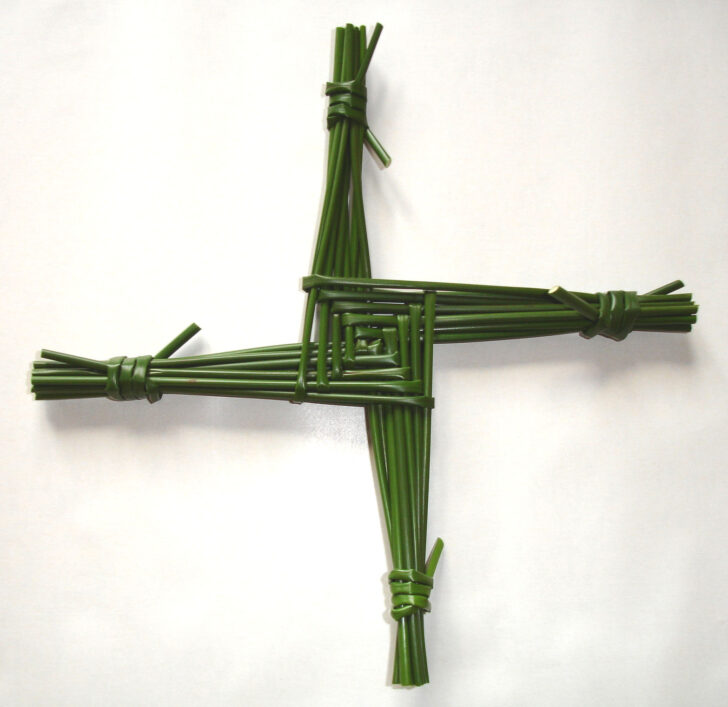
For a simpler approach, why not head out of the door to seek out signs of spring? Snowdrops are one of Brigid’s symbols, and as their hopeful heads spread in gardens, churchyards and woodland, we are offered a further reminder that the bleakness of winter is beginning to wane.
‘The snowdrop, in purest white array,
First rears her head on Candlemas day.’
(from an Old English 19th century floral calendar)
How might you honour Imbolc and welcome the tentative dawn of spring this year?
About the author
Eleanor Cheetham is a writer and teacher based in Lincolnshire, forever inspired by seasonal change and the folklore and stories of the land.
